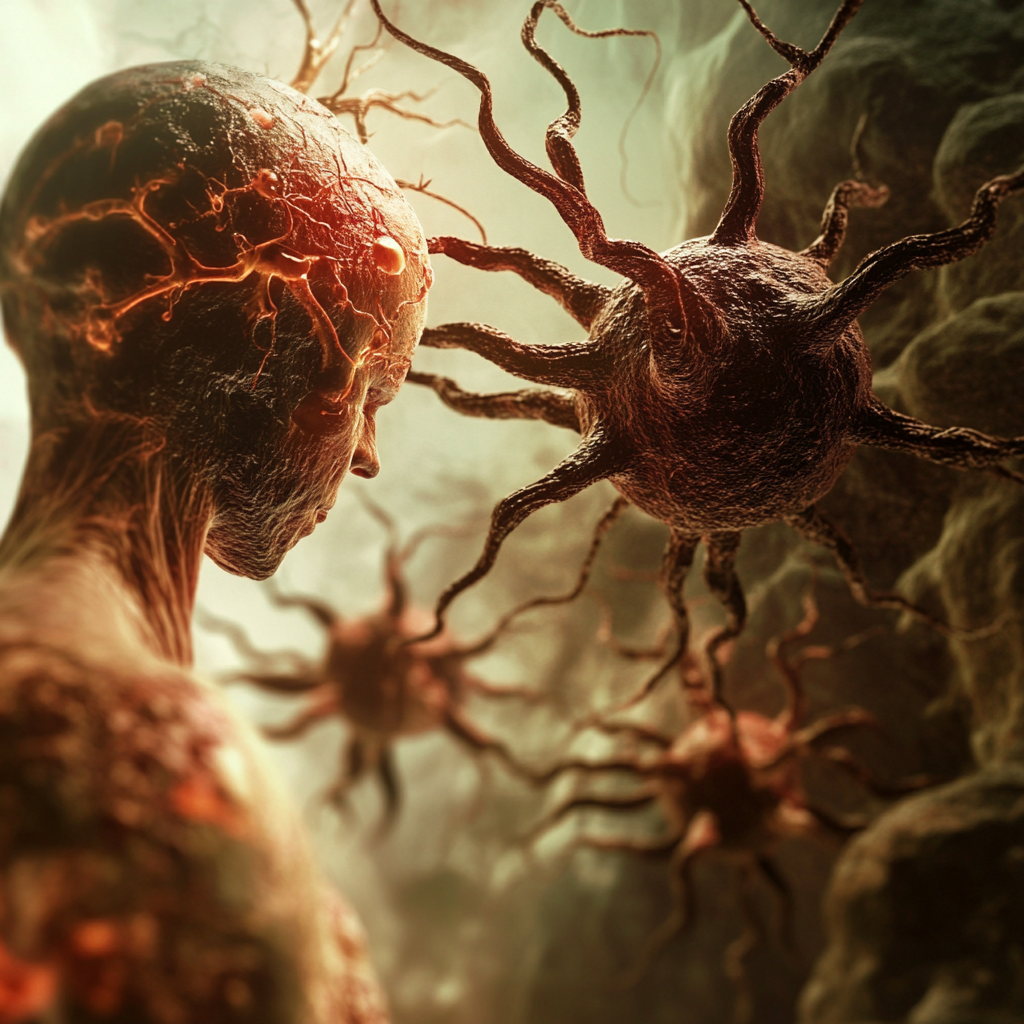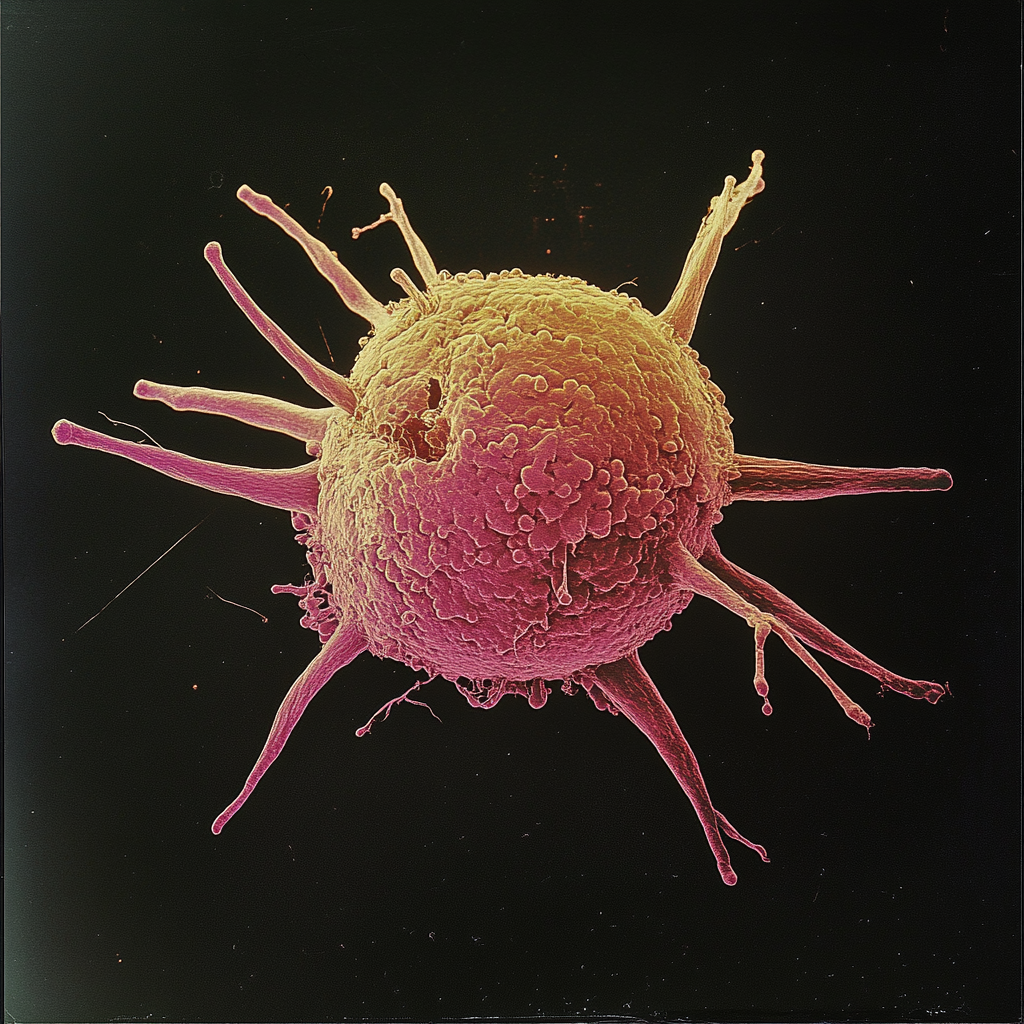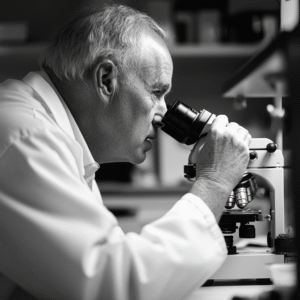Where Did Cancer Come From? A Look at Its History of Cancer and Spread
History of Cancer, as is often seen as a modern disease, but records show it has existed for centuries. In this article, we explore what cancer is, why people fear it, what may cause it, and how its origins trace back to ancient times.
Table of Contents
- Introduction: The Mystery of Cancer’s Origins
- Understanding Cancer: What Is It, Really?
- Why Do People Fear Cancer?
- Possible Causes of Cancer
- Recognizing Common Symptoms
- The History of Cancer: Did It Exist in Ancient Times?
- Hippocrates and the Early Days of “Carcinoma”
- Advances in Understanding Cancer Spread
- Key Takeaways
- Disclaimer
1. Introduction: The Mystery of Cancer’s History
Many people believe cancer is a new disease that appeared only in the 20th century. They wonder why older generations never seemed to face it, while today it feels like a global epidemic. However, as we look back at cancer medical history, we find evidence that cancer has been part of human life for thousands of years—yet only recently have we learned more about how it grows and spreads.
2. Understanding Cancer: What Is It, Really?

Cancer, also known as carcinoma, is a malignant growth caused by cells that start dividing uncontrollably in the body’s epithelial tissue. Our bodies have trillions of cells organized in a specific way. Each type of tissue contains unique cells with specific roles. Cancer disrupts this normal arrangement, causing cells to grow incorrectly.
3. Why Do People Fear Cancer?
Cancer can be very dangerous because malignant tumors can quickly spread into healthy tissues. If left unchecked, these diseased cells invade other areas, weakening and destroying them. Treatment works best in the early stages, when the tumor is still small and hasn’t spread much. In mid-stages, recovery is tougher. In late stages, most procedures can’t stop the progress, which can lead to a tragic outcome.
4. Possible Causes of Cancer

Scientists have not fully identified the exact root cause of every cancer. We do know a few important factors:
- Lifestyle Choices: Smoking often leads to lung cancer; a poor diet or digestive problems may increase the risk of stomach or colon cancer.
- Environment: Polluted air, chemical waste, and radiation can trigger certain cancers.
- Weakened Immune System: Sometimes the body fails to destroy harmful cells.
- Viruses: Some viral infections can affect the genetic material in cells, turning them cancerous.
In many cases, the body does not see cancer cells as enemies and thus does not attack them, allowing tumors to grow unnoticed.
5. Recognizing Common Symptoms
Different cancers have different signs, depending on which organ is affected. However, there are common warning signals across many types:
- Sudden Weight Loss without a clear reason.
- Constant Weakness or fatigue.
- Increased Sweating or unexplained fever.
- Other Late-Stage Symptoms might appear when the tumor is already large enough to disrupt the organ.
Because these clues often appear late, early detection is crucial. That’s why routine check-ups and attention to changes in your body are important.
6. The History of Cancer: Did It Exist in Ancient Times?
Despite popular belief, cancer is not purely modern. Malignant tumors have been recorded for many centuries. Historical documents include references to suspicious growths in people:
- Ancient Egypt (1600 BCE): Writings on papyrus mention breast tumors and treatments using heat to destroy affected tissues. For skin tumors, pastes containing arsenic were used.
- Ramayana (Ancient Indian Epic): Discusses the removal of tumors and the application of arsenic-based ointments.
These records show cancer was already recognized, even if treatments were limited or experimental.
7. Hippocrates and the Early Days of “Carcinoma”
The Greek physician Hippocrates is credited with naming the disease “cancer.” The Greek word “carcinoma” means “crab,” as the tumor’s shape seemed like a crab with limbs growing in various directions. Hippocrates also introduced the term “oncos,” describing abnormal growths.
- Surgical Approach: Hippocrates suggested removing visible tumors and then applying ointments containing plant toxins or arsenic. He believed these substances could kill any remaining “crab” cells.
- Internal Tumors: For growths deep inside the body, Hippocrates advised doing nothing, fearing that surgery might be more dangerous than the disease itself.
8. Advances in Understanding Cancer Spread
For a very long time, no one knew how or why cancer traveled throughout the body. That changed in the 19th century, when Dr. Rudolf Virchow (in Germany) discovered that tumors consist of cells, and that malignant cells could move (or migrate) to other tissues. This finding explained how one tumor site could eventually lead to new tumors in other parts of the body—what we call metastasis.
9. Key Takeaways
- Cancer Through Time: Cancer has existed for centuries, with references found in ancient civilizations such as Egypt and India.
- Real Definition: It’s a disease of uncontrolled cell growth, often linked to lifestyle factors, environment, and genetic vulnerabilities.
- Fear Factor: People dread cancer because tumors can spread quickly, and late-stage cures are harder.
- Historical Treatments: Ancient healers tried various methods—burning the tumor, using arsenic salves, or performing surgery.
- Science Moved Slowly: Only in the 1800s did we learn that cancer cells move through the body.
- Modern View: Cancer definitely didn’t just appear in modern times—it’s been with humanity for a very long period, even if today it’s more recognized and diagnosed.
10. Disclaimer
This article is for informational purposes only and does not substitute medical advice. If you notice unusual symptoms or suspect a health issue, consult a qualified healthcare professional. Regular check-ups and awareness of changes in your body can help detect cancer at an earlier, more treatable stage.


